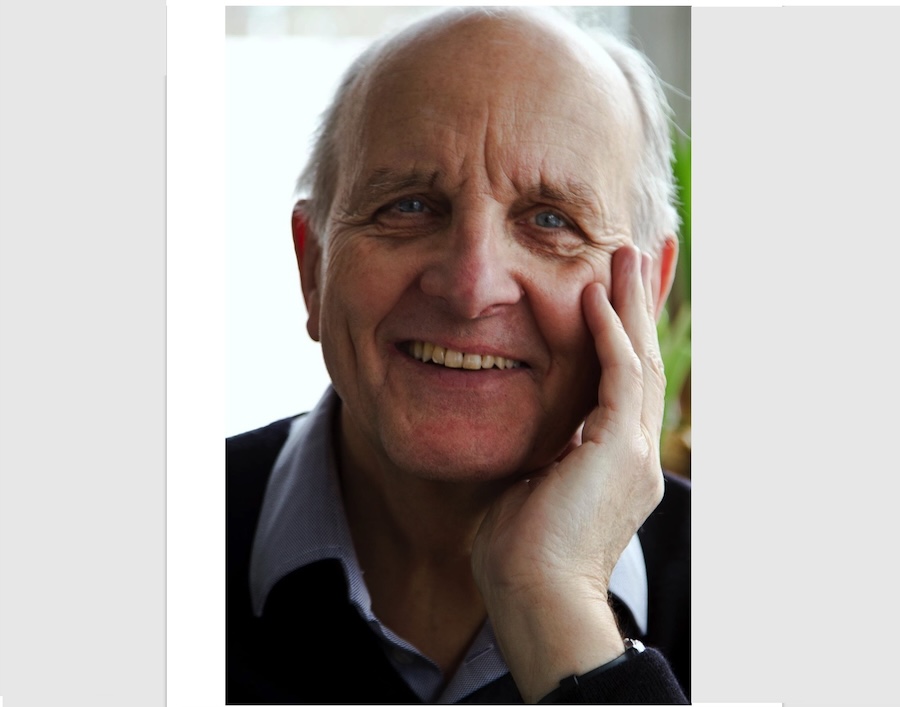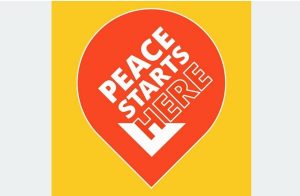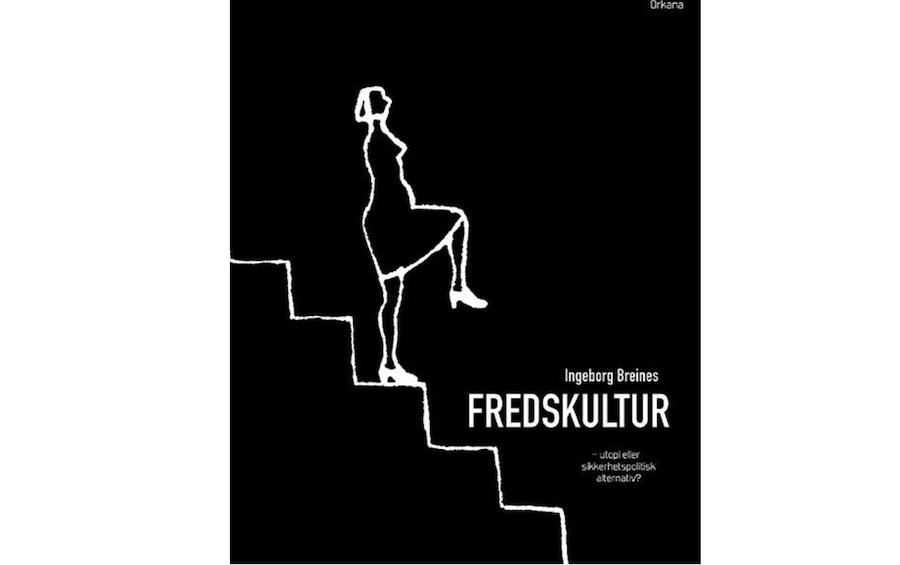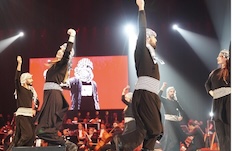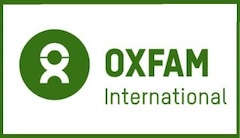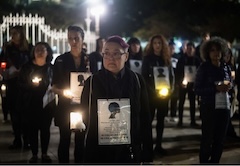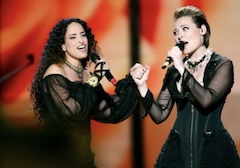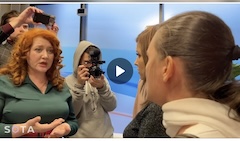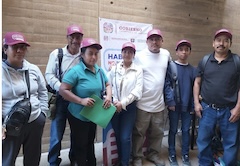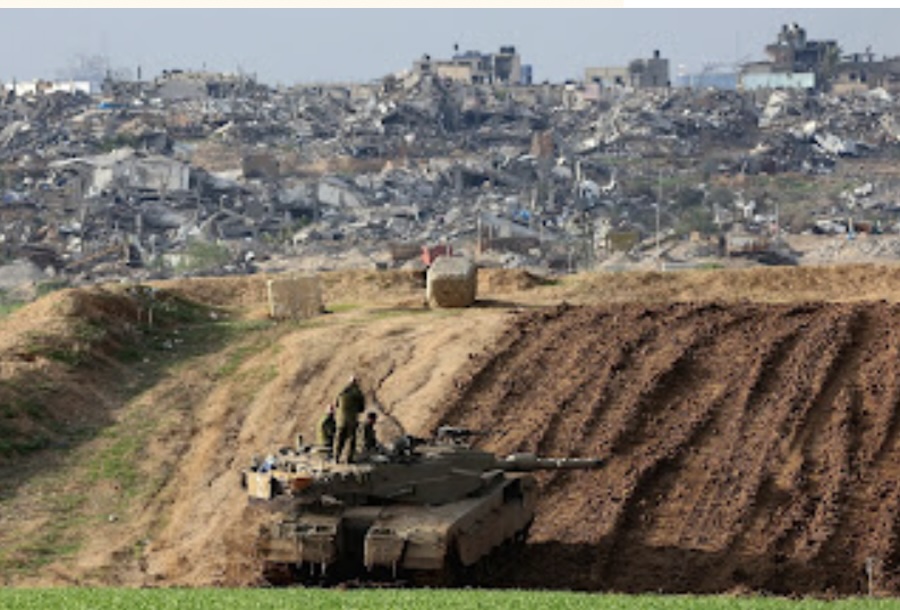.. DEMOCRATIC PARTICIPATION ..
A book review by Dr Anurug Chakma from the Australian Institute of International Affairs (published under a Creative Commons License)
In her book, Séverine Autesserre investigates the persistence of an “unlikely peace” in certain conflict-ridden areas like Idjwi in Congo and Somaliland in Somalia. She argues that locally-led grassroots peacebuilding efforts uphold a unique peace in these regions.
Conflict arises from a multitude of factors, ranging from the absence of state presence throughout the territory, governance crises, democratic deficits, and pervasive violence to corruption, extreme poverty, unemployment, geographical location, and regional tensions. Despite these challenges, why does an “unlikely peace” prevail in certain parts of conflict-affected countries like Idjwi and Somaliland but not in other areas? Séverine Autesserre addresses this important question in her fascinating and insightful book.
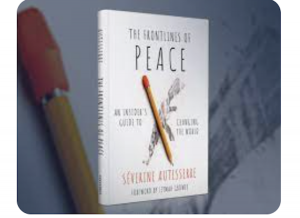
Drawing from her extensive fieldwork spanning two decades across 12 conflict zones, including Congo, Somaliland, and Colombia, Autesserre argues that template-driven, outsider-led, and top-down international peacebuilding often emphasises governmental institutions, political leadership, and international interventions while neglecting the significance of locally-led grassroots peacebuilding efforts in sustaining peace in various conflict-affected countries.
Throughout her scholarly work, Autesserre has insisted on a “culture of peace” in communities like Idjwi, where strong taboos against violence are instilled from childhood. To prevent the escalation of local-level tensions, local people reach out to grassroots actors such as religious networks, traditional institutions such as mwamis (the traditional chiefs), and village chiefs and community groups instead of resorting to violence or asking for help from the police or the army.
In Somaliland, traditional governance and grassroots initiatives have led to peace, with local elders organising 39 peace conferences, with communities supporting them through hosting, financing, and providing security.
In Colombia, the residents of peace zones protect themselves by refusing cooperation with warring parties, remaining neutral and unarmed, and employing collective strategies to deter threats.
Similar peace zones are found worldwide, from Afghanistan, Bosnia, Fiji, and Indonesia to Mozambique, Northern Ireland, and the Philippines. The bottom line is that the involvement of government elites or institutions is not always required to control violence at the local level.
Superstitions also play a vital role in preventing local-level violence between different groups, a concept Autesserre defines as “alternative peacebuilding.” They act as a deterrent to violence from both insiders and outsiders, similar to spiritual and religious systems in other regions that discourage conflict. One notable example is the blood pact, a traditional ceremony where individuals in Idjwi pledge allegiance by exchanging blood, symbolising a commitment to never harm one another. Although this practice has diminished in recent years due to concerns about hygiene and modernisation, it retains deep respect within the community. The case of Idjwi, approximately equivalent in size to Malta and inhabited by 300,000 individuals, is noteworthy for its capacity to uphold peace amid the catastrophic conflict of Congo that has resulted in the loss of millions of lives. This highlights the considerable influence of these beliefs in preserving peace on Idjwi Island.
To highlight the crucial role of local participation in peacebuilding, the author references the peacebuilding strategy of the Life & Peace Institute (LPI) as an illustrative example. Initially, LPI adhered to the notion that external actors could lead peacebuilding efforts, but this approach proved counterproductive. LPI then shifted its approach to embrace the Participatory Action Research Method. In this revised approach, outside researchers, project implementers, and intended beneficiaries collaborated as co-investigators to collectively identify and address problems. They then engaged in multiple cycles of research, action, and reflection, empowering ordinary citizens to analyse community conflicts, agree on solutions, and implement them. LPI continuously monitored its actions, partners, and impacts, incorporating local advice and learning and adjusted strategies accordingly. Despite being messy, time-consuming, and unconventional, this process proved effective.
(Article continued in right column)
How important is community development for a culture of peace?
What are the most important books about the culture of peace?
(Article continued from left column)
Autesserre discusses the many drawbacks of international peacebuilding, often labelled as “top-down tyranny.” She remarks that time constraints, recruitment processes, and security protocols influence the effectiveness of template-oriented international peacebuilding. Most international peacebuilders don’t have time to understand the conflict, andtime constraints remain strong due to the high turnover among staff within peacebuilding organisations, where diplomats, NGO personnel, peacekeeping contingents, and UN civilian employees frequently rotate every few months to a few years, preventing the development of a deep understanding of local dynamics. International interveners often travel from one conflict zone to another without adequately grasping the nuances of the situations they aim to address. In addition to this, peacebuilding organisations frequently recruit and deploy staff outside their area of expertise, undermining the relevance and impact of their interventions. Finally, strict security protocols enforced by headquarters contribute to the disconnect between foreign peacebuilders and local populations, hindering information collection essential for designing robust interventions.
Autesserre also notes that international interveners often neglect grassroots tensions, favouring top-down approaches guided by “liberal peacebuilding” principles. They impose the Western-led and donor-driven agenda that disregards the intricacies of local contexts and fosters a dependency on international aid, further exacerbating conflict dynamics. Driven by the stereotypes that external “experts” possess the solutions to conflicts, international interveners tend to overlook the expertise and perspectives of local populations. This approach, rooted in the Peace Inc. paradigm, underestimates the capabilities of local individuals, which often prove counterproductive.
The failure to understand local contexts for needs assessment leads to ineffective and sometimes absurd initiatives. For instance, in 2010 United Nations peacekeepers tried to protect civilians in Congo by distributing cell phones to point persons in some villages. In theory, the villagers would call the nearest peacekeepers if attacked, though in reality, there was no mobile internet access and no electricity to charge the devices.
International peacebuilding is affected by two further crucial factors: how the impacts of interventions are assessed and how the funds are released and distributed among intended beneficiaries. For evaluating their program impact, foreign peacebuilders and their donors prioritise quantifying the qualitative impact of their actions, neglecting local populations’ involvement in assessing success.
Another claim is that the flow of international aid incentivises participation in grassroots conflict resolution for financial gain rather than genuine peacebuilding, leading to numerous cases of “briefcase NGO” corruption. These examples add to the erosion of local peace infrastructures and, eventually, a legitimacy crisis in the eyes of local communities.
The lessons learned from Afghanistan, Congo, Somalia, South Sudan, and Timor-Leste illustrate that depending exclusively on top-down strategies leads to disastrous consequences. Similarly, relying solely on bottom-up approaches can only result in a fragile and temporary decrease in violence, as national leaders manipulate or interfere from neighbouring armed factions, thus undermining any local peace effort. Additionally, civilians do not possess the capability to overcome armed groups independently, nor do they have the necessary networks to establish peace across an entire nation.
Hence, peacebuilding success hinges on leveraging insiders’ and outsiders’ knowledge, perspectives, networks, and resources. For this reason, model and experienced peacebuilders, akin to Vijaya Priyadarshini Thakur, Déo Buuma, Urbain Bisimwa, and Banu Altunbas, understand the importance of bolstering and reinforcing local peace efforts rather than imposing a donor-driven peacebuilding agenda.
Hence, Autesserre suggests that foreign peacebuilders must challenge existing stereotypes such as the belief that outsiders always know best, the perception that local individuals are untrustworthy and incompetent, the notion that using standardised templates are beneficial, the belief that only top-down initiatives are necessary, the misconception that grassroots peacebuilding cannot occur during ongoing violence, and the idea that peacebuilding is always expensive and time-consuming. Their program needs to incorporate not only national elites but also local leaders, beneficiaries, and citizens. More importantly, long-term engagement is also crucial to deeply understanding the local context and building trust and credibility with local stakeholders, which is essential to make peacebuilding successful and sustainable.
This is a review Séverine Autesserre’s Frontlines of Peace (Oxford University Press 2021). ISBN: 9780197530351
Dr Anurug Chakma is a Research Fellow within the Migration Hub at the School of Regulation and Global Governance (RegNet) at the Australian National University (ANU), Canberra, Australia. For inquiries or further communication, Dr Chakma can be reached at anurug.chakma@anu.edu.au.

